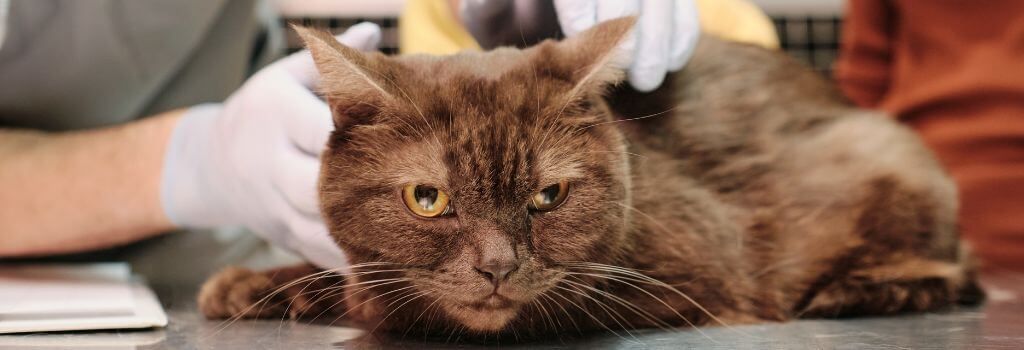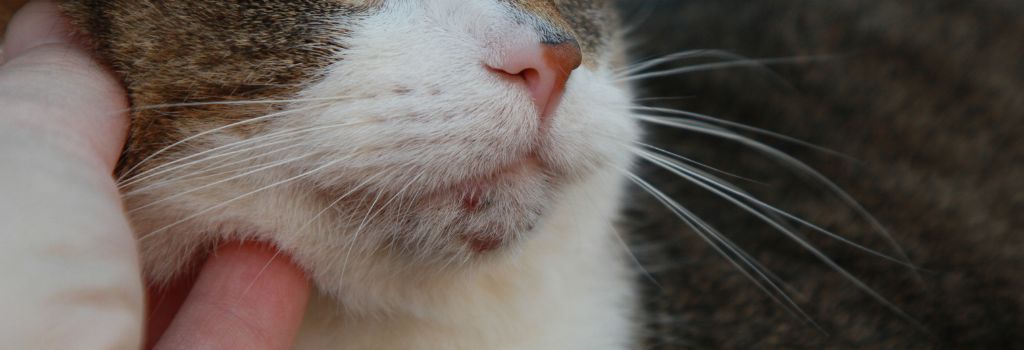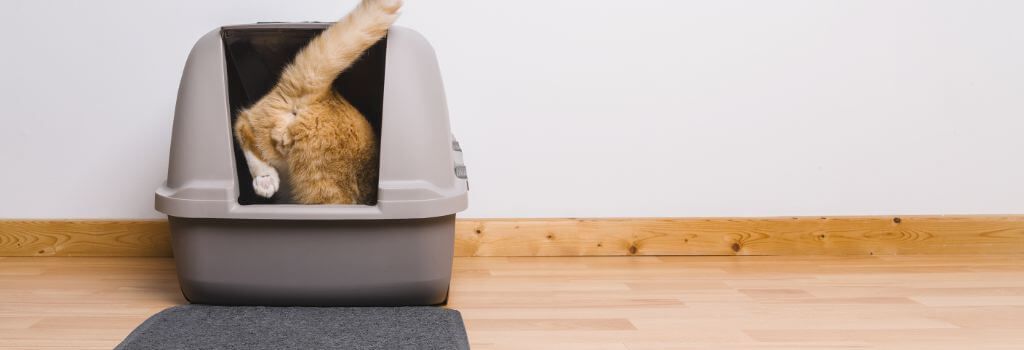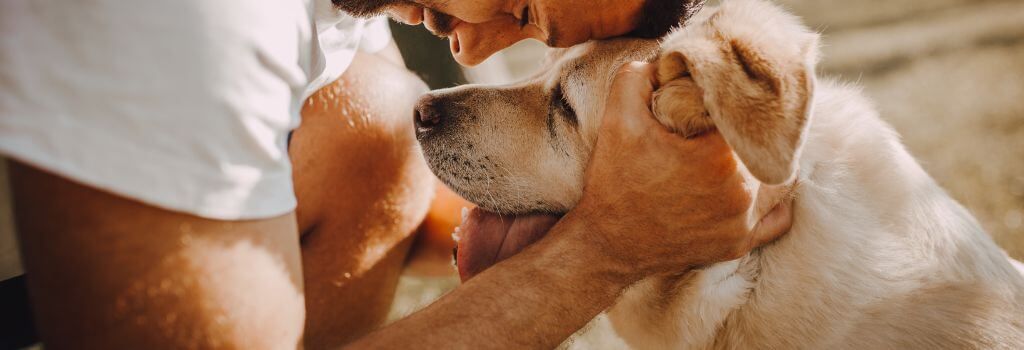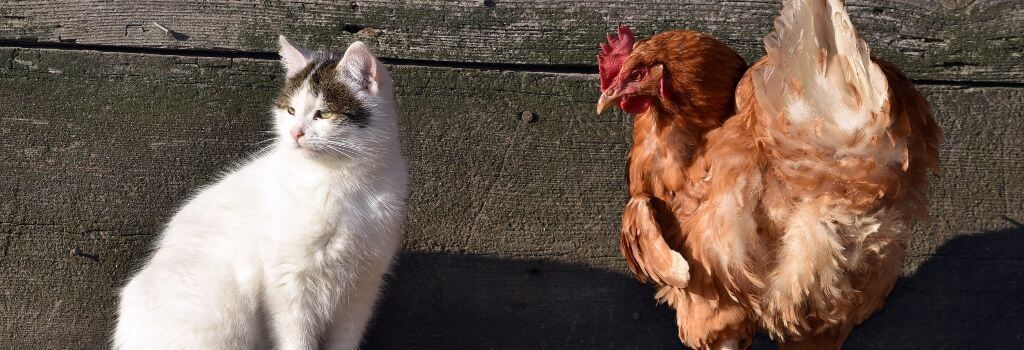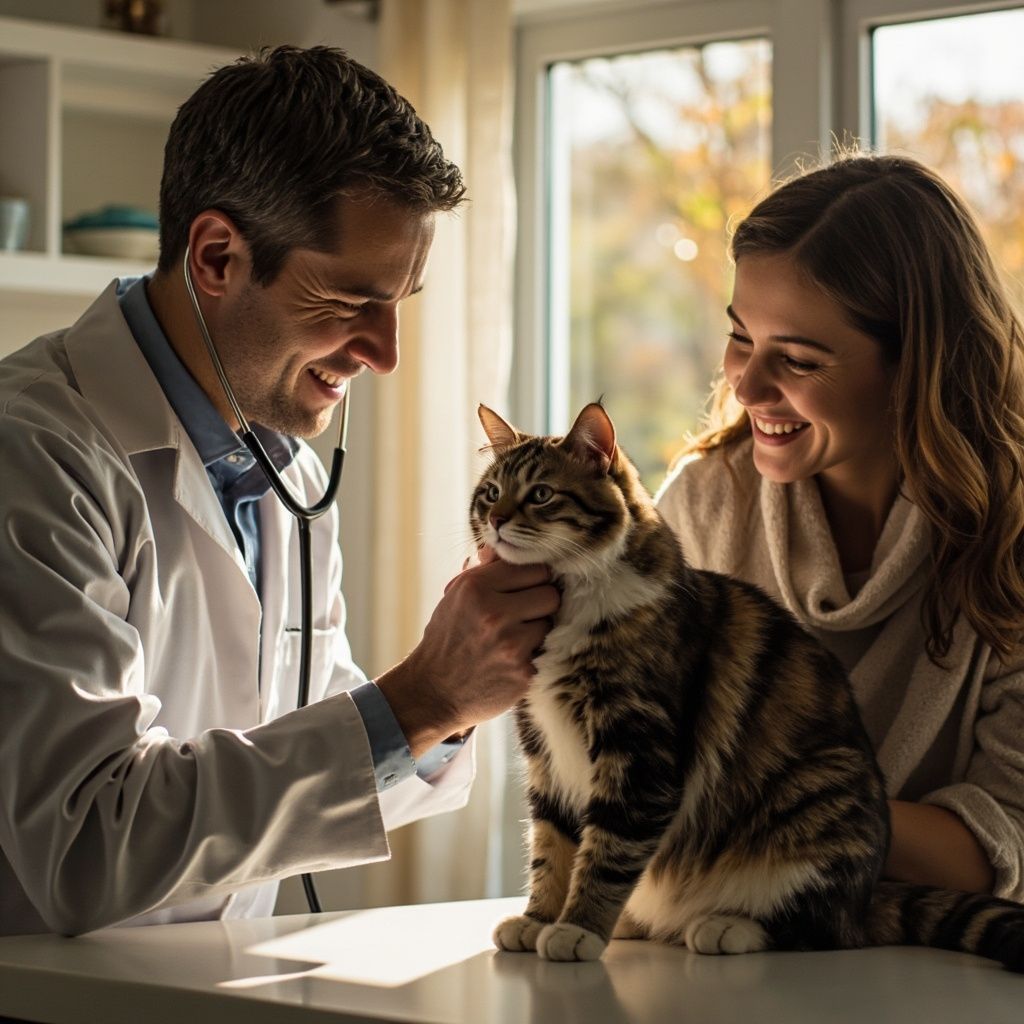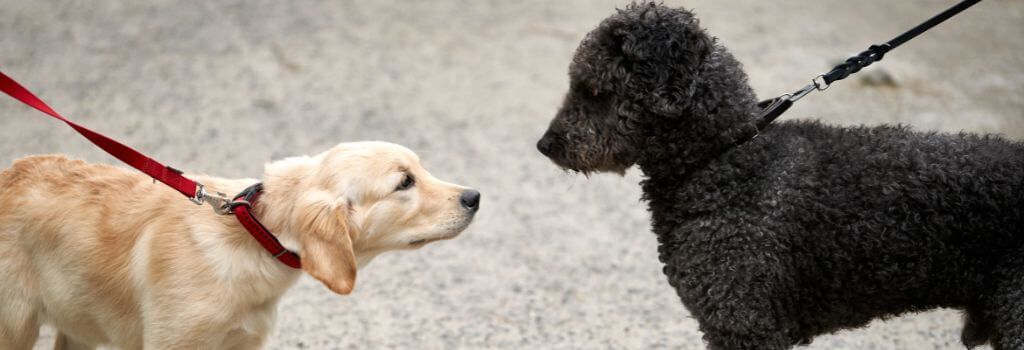Warm and Fuzzy: 6 Winter Storm Safety Tips For Your Pets
As you fire up the woodstove, gas up the generators, load up on flashlights and firewood, and other winter storm preparation, remember that your pet needs special preventive care and prep, too. Follow these six tips to keep your pet safe and warm in the face of an upcoming storm.
1. Keep Pets Warm, Safe, and Destressed in the Event of a Power Outage
As anyone who has ever prepared for a big Nor'easter knows, the power going out is almost a certainty. You've surely planned for ensuring that your family members will be warm, but don't forget your fur babies. Yes, cats and dogs have an extra coat of fur but that doesn't mean they won't feel the cold if and when your heat goes out. Make sure their kennels and favorite areas are lined with extra bedding and if these things are in an area of the house that tends to be cooler than others, consider moving them.
You'll inevitably have to take them outside to go to the bathroom, even for an ultra-fast in-and-out potty break. Be sure to look for and avoid downed power lines. If you see any, report them to the power company.
Just as on a loud or scary holiday for pets, such as the 4th of July, a big storm can make them extremely anxious. Keep your fur babies close by so that you can send the message, "I'm here. We're safe. You're safe. It's going to be okay."
2. Dress for the Weather
Again, having a coat of pet fur doesn't mean your pet is okay without additional protection from the cold. Small, short-haired, and short-legged breeds may need a jacket or sweater to help ward off the winter chill. Young, old, and sick pets should also wear an extra layer as they may not be able to regulate their body temperature effectively.
Additionally, winter walks can wreak havoc on your pet’s paws. Protective booties and balms can keep paw pads safe from ice, salt, and other harmful chemicals, but you should always be sure to wipe your pet’s feet and fur thoroughly with a clean, dry towel before coming back inside.
Not sure how cold is too cold? Watch for these signs your pet needs to bundle up:
- Shivering
- Hunching or curling up
- Moving slowly
- Lifting paws off the ground
- Whining
- Seeking shelter
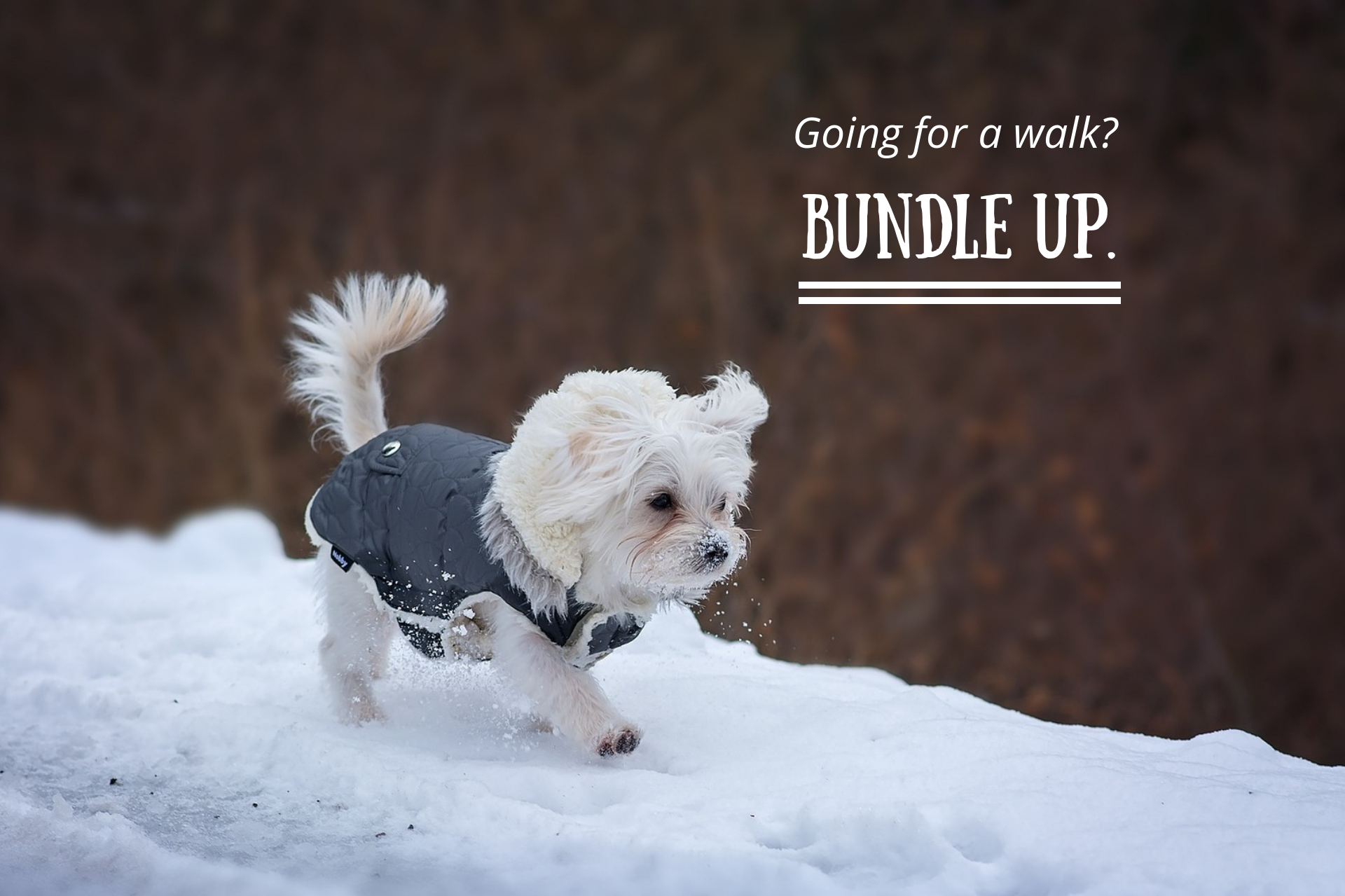
3. Beware of Chemicals
Winter is beautiful—but don’t forget, that freshly fallen snow on your sidewalk or driveway may soon be covered in salt, ice melt, or other toxic chemicals, like antifreeze. Be sure to clean up any spills or leaks immediately, keep containers securely closed and out of reach, use protective booties during walks, and give your pet a thorough wipe-down after a trip outdoors to prevent him from licking any harmful substances off his fur or paws.
4. Keep Pets Comfortable

Just like in humans, the onset of colder weather can make some medical conditions , such as arthritis, worse. Keep time outdoors to a minimum and make sure your pet has plenty of places to get cozy away from drafty windows or doors and off the floor (but not too high or difficult to access). As previously mentioned, try moving your pet’s bed to a sunny area of the house or adding a few extra blankets as well.
If your pet hasn’t been diagnosed with arthritis or other joint issues but is showing signs such as limping, stiffness, reluctance to climb or jump, repeated licking over a joint, or changes in behavior or personality, particularly during cold weather, consult with your veterinarian.
5. Watch Out for Strays
Stray and feral cats will often seek shelter in the wheel wells of cars to keep warm overnight but can be severely injured or killed when the engine starts. To prevent this, always bang loudly on the hood or honk the horn before starting your car during the winter months.
6. Keep Them Inside
The best way to protect your pet from the elements is to keep him inside as much as possible, especially if the temperature is below freezing. Keep in mind that leaving your pet in a car is just as dangerous in winter as it is in summer. Parked cars cool down rapidly and hold in the cold like a refrigerator, putting your pet at risk for hypothermia, frostbite, and even death. Remember, if it’s too cold for you, it’s too cold for your pet!
If you'd like more tips on how to keep your pet safe this winter, check out this list of cold weather safety tips from the ASPCA. The ASPCA also offers specific tips for pets during Nor'easters , such as making sure your pets are microchipped and have their tags on, putting together emergency kits, having a prepared information card for your pet in case of an emergency vet trip , and stocking up on pet food and medicine.
Do you need help getting your pets prepared for the cold weather or an impending storm? Give us a call !
Recent Posts

